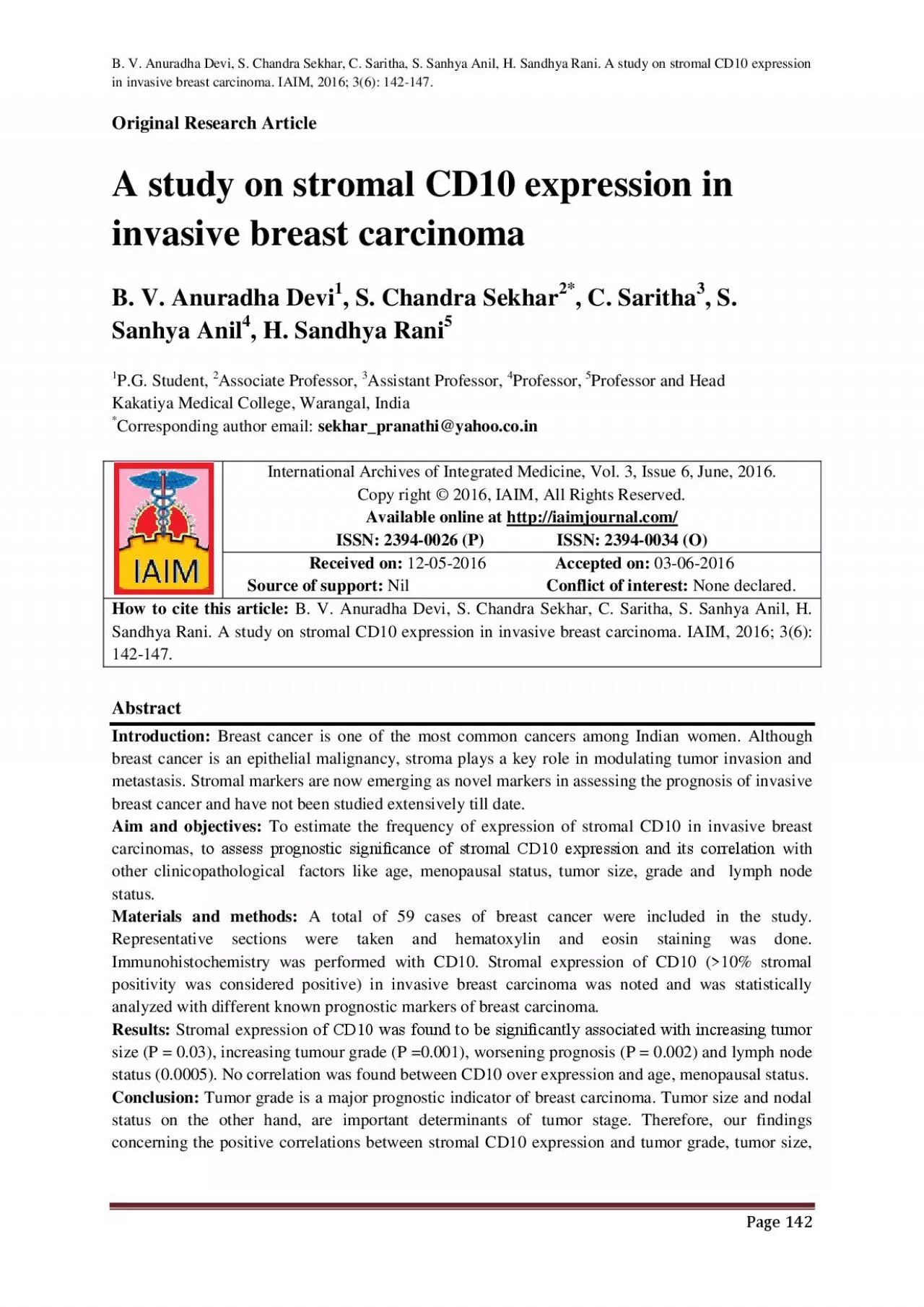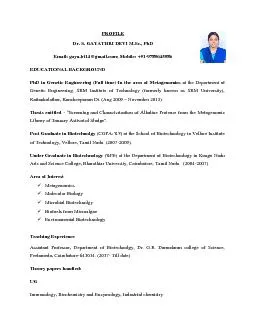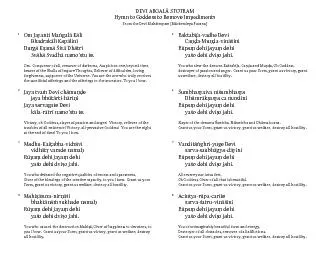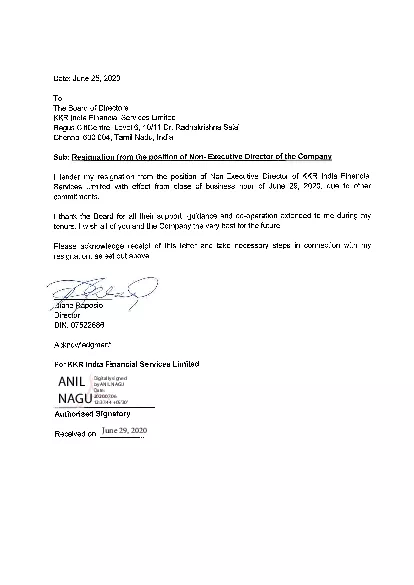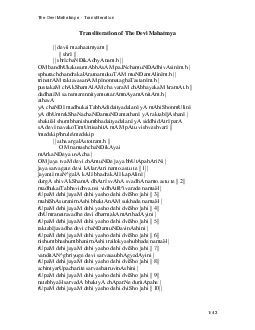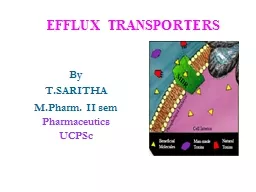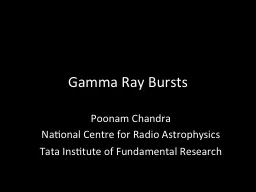PDF-B V Anuradha Devi S Chandra Sekhar C Saritha S Sanhya Anil H
Author : amber | Published Date : 2022-08-21
in invasive breast carcinoma IAIM 2016 36 142 147 Page 142 Original Research Article A study on stromal CD10 expression in invasive breast carcinoma B V Anuradha
Presentation Embed Code
Download Presentation
Download Presentation The PPT/PDF document "B V Anuradha Devi S Chandra Sekhar C Sar..." is the property of its rightful owner. Permission is granted to download and print the materials on this website for personal, non-commercial use only, and to display it on your personal computer provided you do not modify the materials and that you retain all copyright notices contained in the materials. By downloading content from our website, you accept the terms of this agreement.
B V Anuradha Devi S Chandra Sekhar C Saritha S Sanhya Anil H: Transcript
Download Rules Of Document
"B V Anuradha Devi S Chandra Sekhar C Saritha S Sanhya Anil H"The content belongs to its owner. You may download and print it for personal use, without modification, and keep all copyright notices. By downloading, you agree to these terms.
Related Documents

